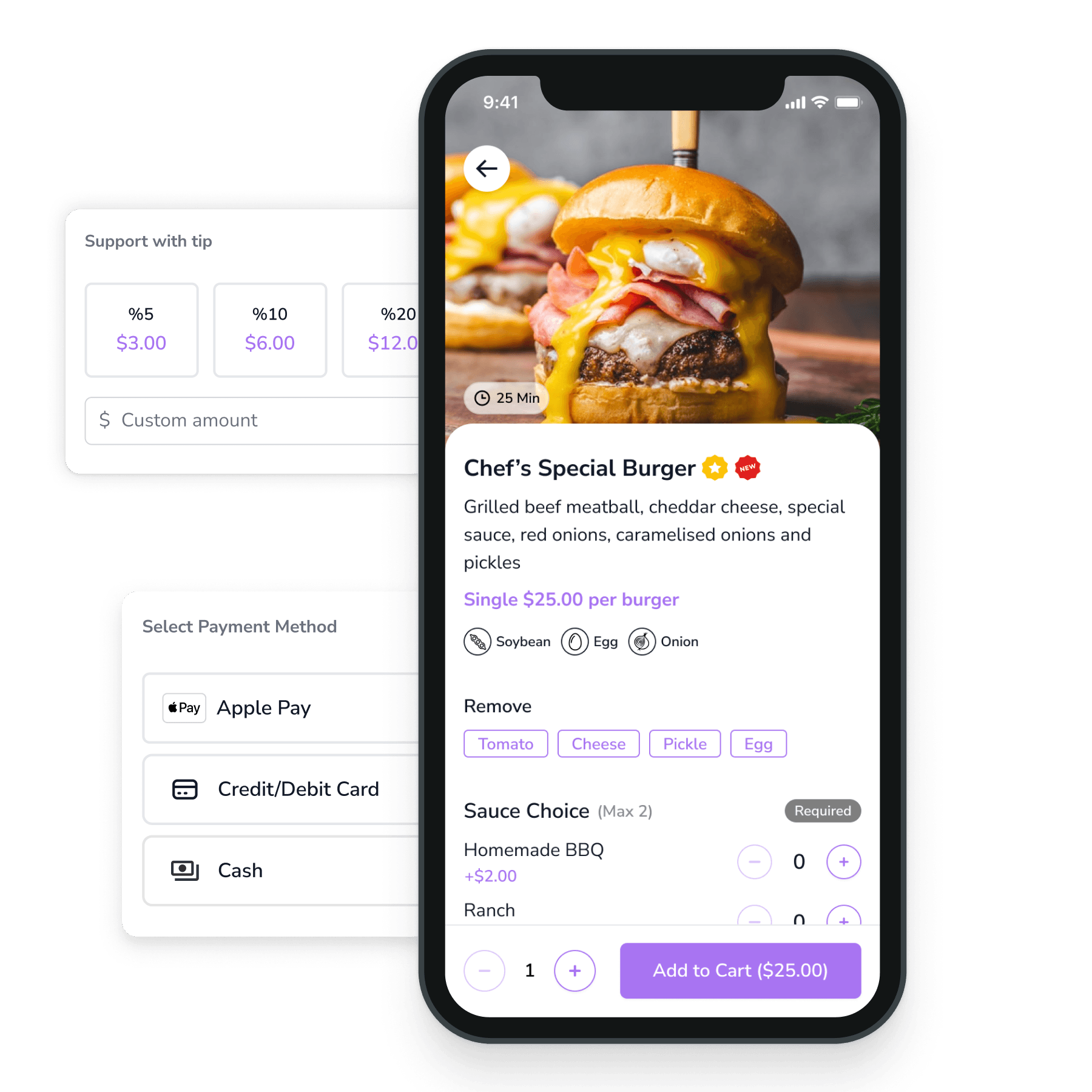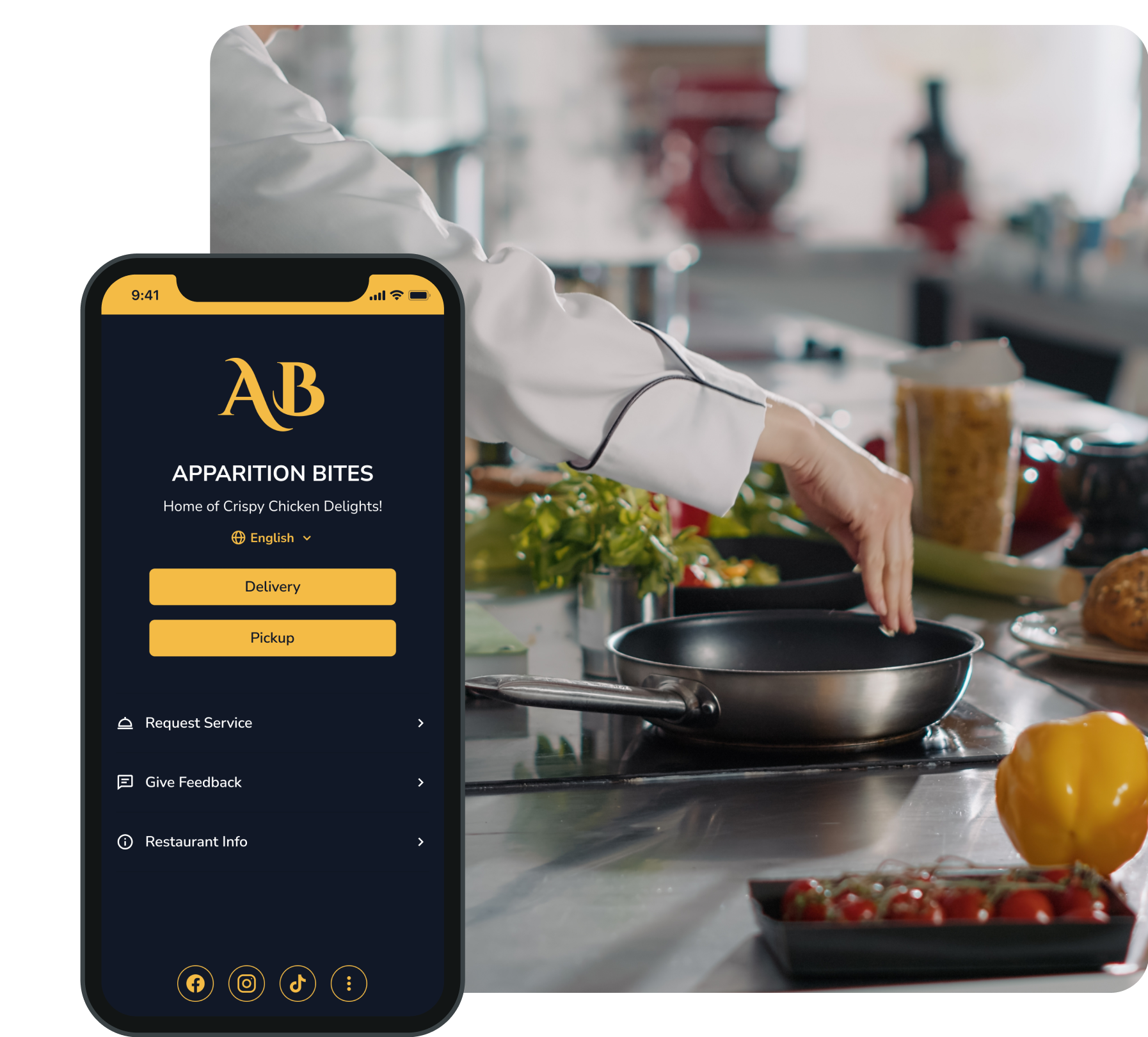Create New Business Opportunities
According to Euromonitor, the ghost kitchen sector could create a $1 trillion global opportunity by 2030. Hence, it might be a good time to jump into this new generation co-space workspace to generate more profits.
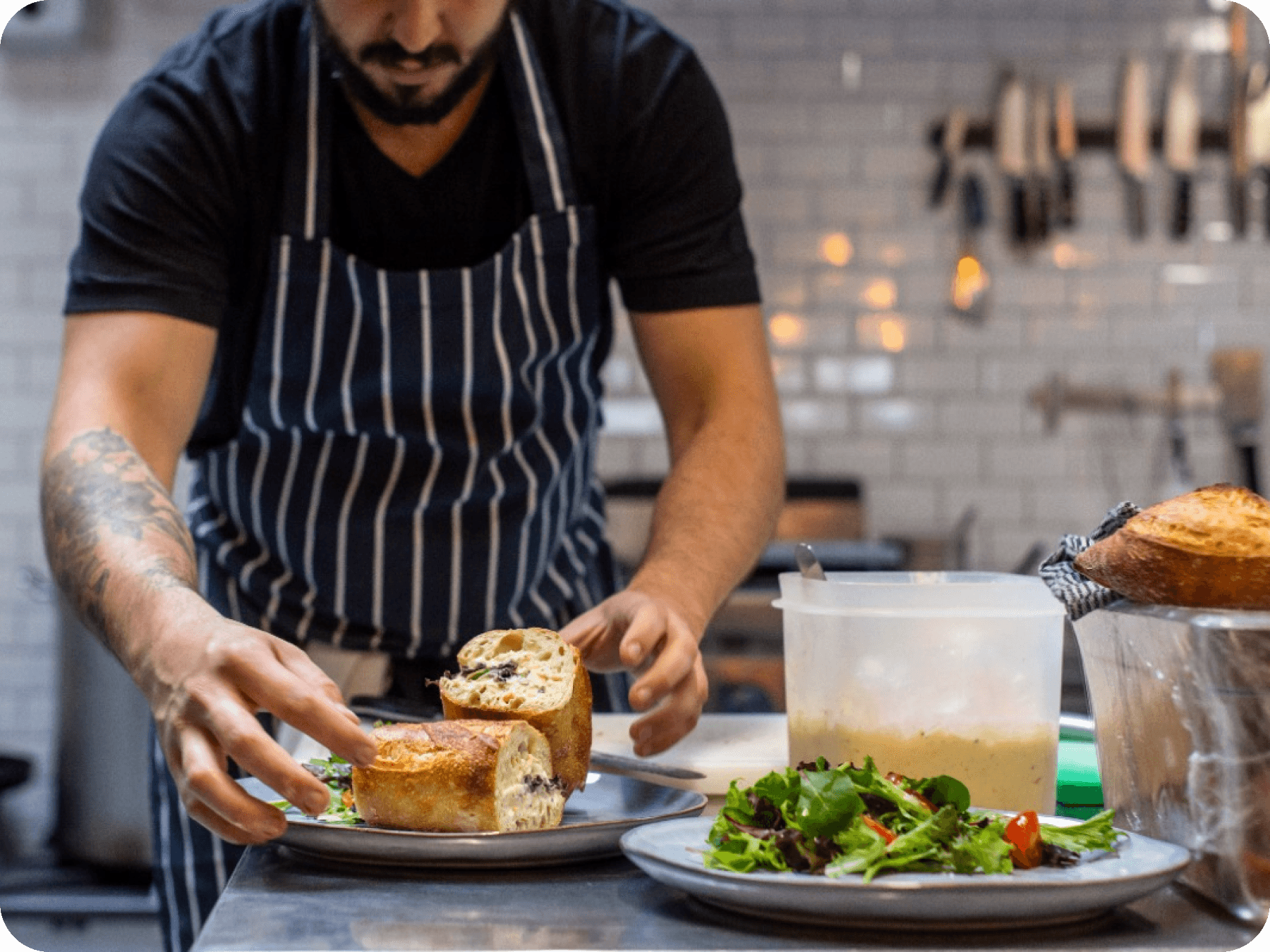
Turn Your Empty Spaces in Your Into Ghost Kitchens
Venues that have empty spaces in their building can turn their vacant spaces into ghost kitchens. Since ghost kitchens don’t require seating, open kitchens can be used by different brands. For example, unused parking lots from warehouses or underused kitchens can be turned into delivery-only ghost kitchens. This way, it is possible to host brands that offer high-end meals or casual foods from the same kitchen.
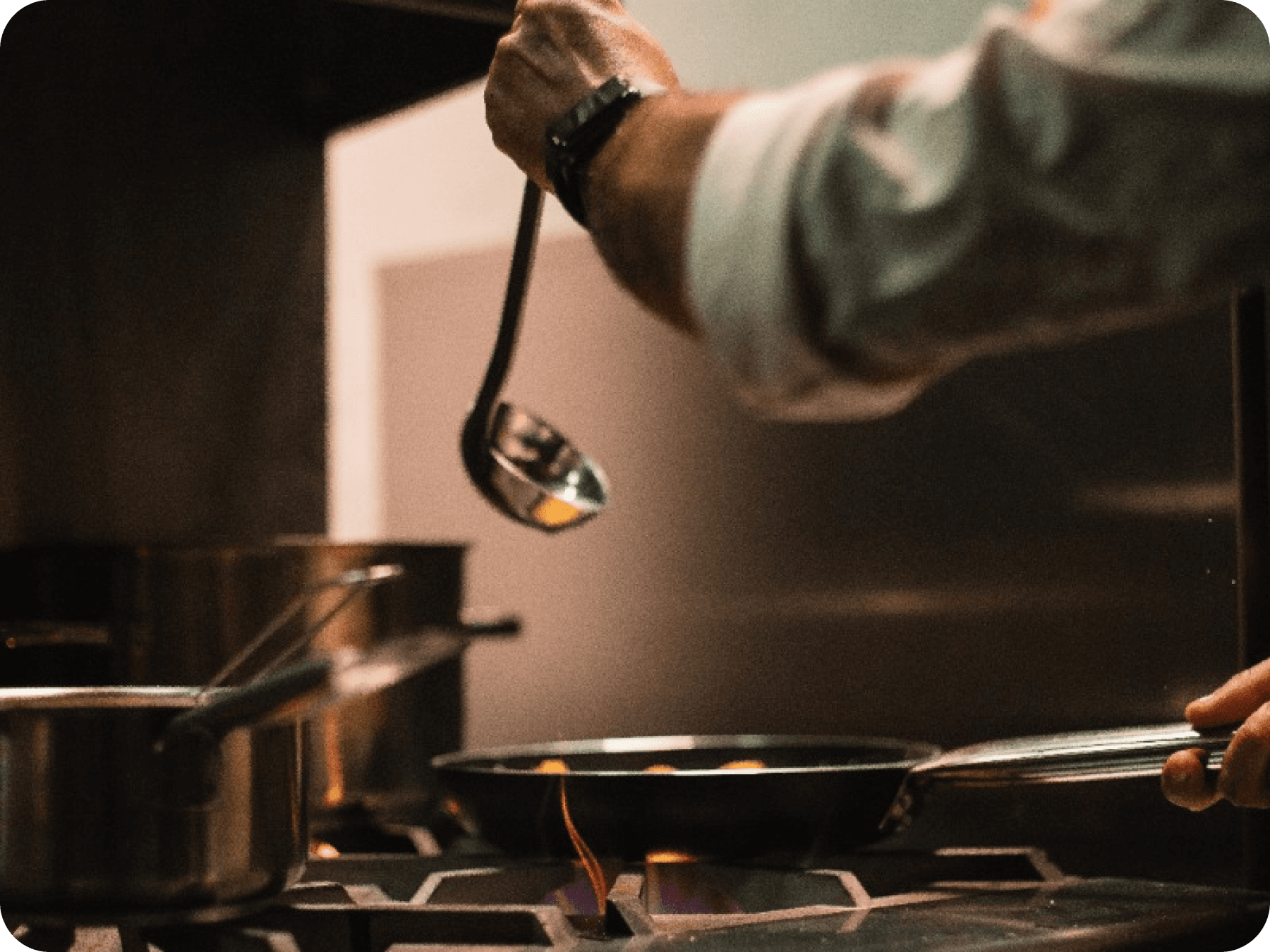
Share the Cost of Operation
Ghost kitchens are cost-effective solutions for restaurateurs. Ghost Kitchen lets brands manage their inventory, data, and sales and allows for co-shared suppliers. Brands also share other costs associated with the operation of a restaurant, such as rent, electricity, water, and cleaning services.
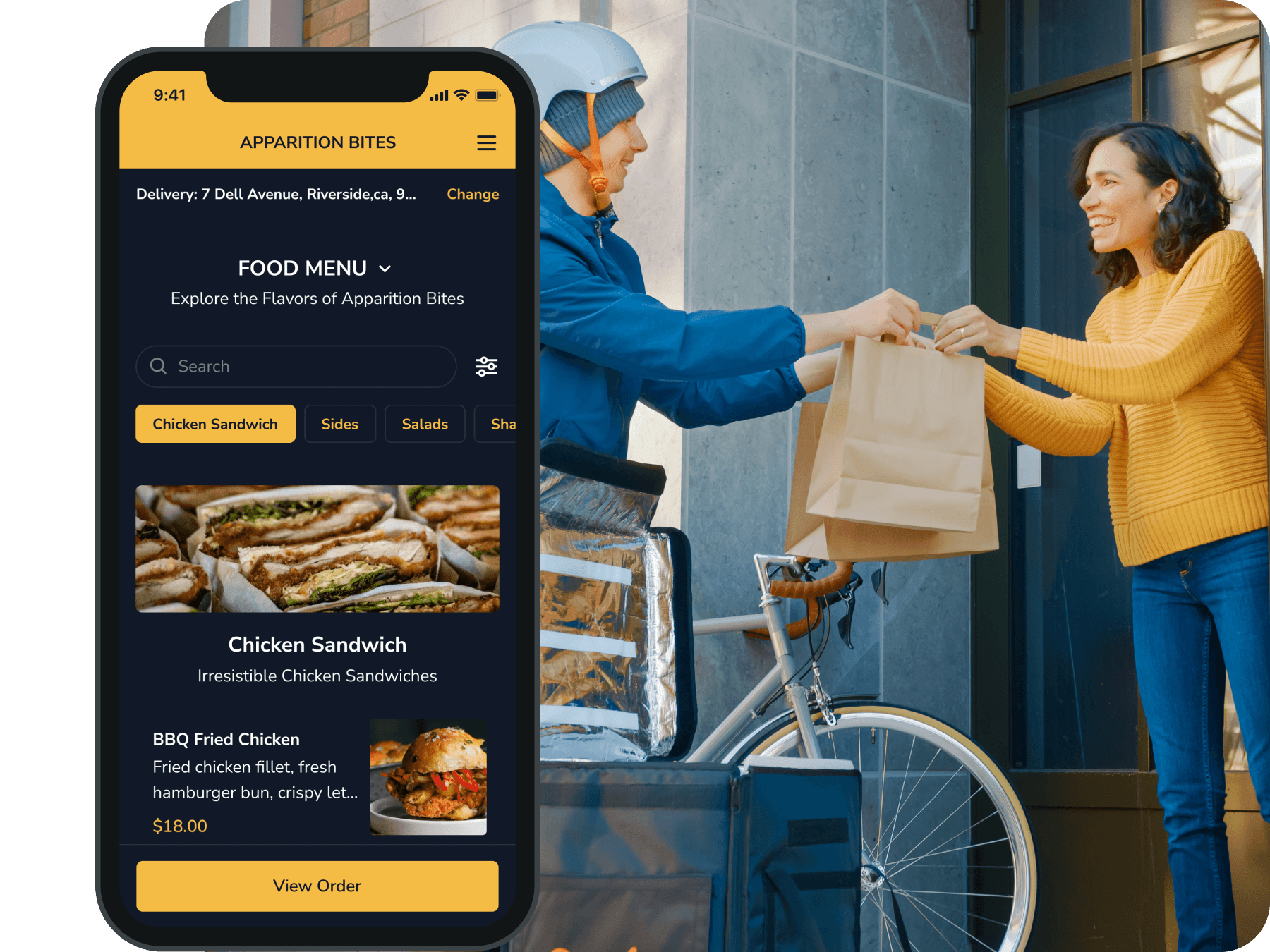
Deliver Digital-Only Items
Digital-only items are designed for delivery and are not available in brick-and-mortar destinations for diners. By making dishes available only online, you can increase your online presence and delivery.
COVID öncesinde misafirlerimize basılı menü kartları veriyorduk. Bugün ise FineDine sayesinde misafir otele geldiğinde bir QR kod veriyoruz. Bu kod, oda numarasını temsil ediyor ve verilen tüm siparişler doğrudan odaya yansıtılıyor. FineDine kullanmaktan çok memnunuz ve herkese tavsiye ediyoruz.
Luis Felipe De la Puente
DCO Hotels
Discover how FineDine can benefit your business.
